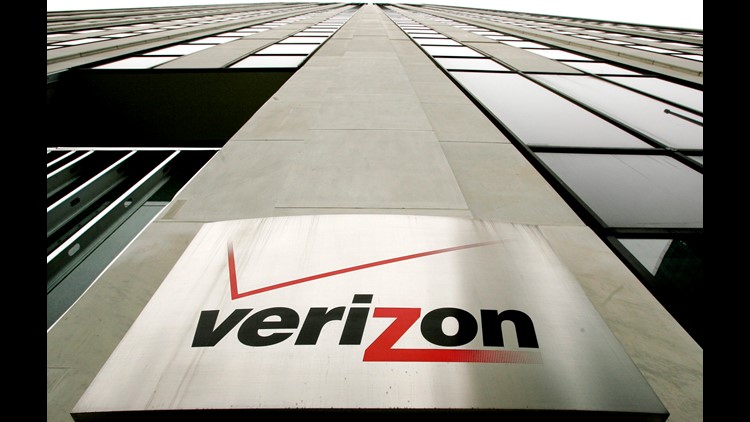Q. Now that Verizon’s changed up its pricing yet again, should I drop my current plan for one of the new ones?
A. The plans that Verizon Wireless rolled out Wednesday do cost more than their predecessors--which led grumpy Twitter users to tee off on the nation’s largest wireless carrier. But they also include some features that may let VzW customers save a little money.
This 2.0 version of the “Verizon Plan” has the same structure as the 1.0 release: small, medium, large, extra-large and XXL buckets of wireless data, plus a $20 device fee per line for unlimited calling and texting.
But where a week ago you could have paid $30 for 1 GB, $45 for 3 GB, $60 for 6 GB, $80 for 12 GB, or $100 for 18 GB, you now choose from $35 for 2 GB, $50 for 4 GB, $70 for 8 GB, $90 for 16 GB, and $110 for 24 GB.
(I’m omitting the $20 device fee so you see the same figures Verizon puts in bold type on its site.)
If you routinely come within a few hundred megabytes of your data cap, you’ve correctly matched your usage with your service and so should stand pat.
It also should be obvious that if you regularly leave two gigabytes or more on the table, switching to a new plan should save you money. Say you were on the old 6 GB plan because you almost never used less than 3 GB; you might now swap that $60 offering for the new $50, 4 GB deal.
The new plans also include Carryover Data, which lets you apply whatever you don’t use in a month towards the next month. Although this isn’t as good as T-Mobile’s Data Stash, which lets you bank unused data for up to 12 months, it can still let you opt out of paying for a higher-use plan.
Verizon’s new 16 and 24 GB plans also feature Safety Mode, unlimited data at the very slow “2G” speed of 128 kbps. That’s no good for streaming media, but it should suffice for looking up directions or getting e-mail.
Unfortunately, this costs $5 a month extra on lower plans, where Sprint and T-Mobile provide free 2G fallback service to everybody. You also have to activate that feature, or you’ll only be invited to pay a $15/1 GB overage fee.
If you’re new to Verizon and you expect your data use will fall between its small and medium or medium and large plans, Verizon’s prepaid phone service might fit better. With auto-payment active, you’d pay $45 for 3 GB or $60 for 6 GB. You don’t, however, get Carryover Data or Safe Mode.
If your data usage varies a lot month by month, you can check your data usage and change your data allotment in the new My Verizon app.
The most important thing you can do, however, is not keep your plan on autopilot--especially if it’s been around for a while. If, for example, you are somehow still on a four-year-old Share Everything plan, you could be paying $100 a month for only 2 GB of data and would therefore be lighting money on fire.
“Users should definitely check their actual usage over recent months to make sure they're not moving to a higher data plan or paying for additional features they don't actually use,” counseled analyst Jan Dawson of Jackdaw Research. “It's so easy to overestimate what you're currently using or might use in future, and relatively easy to check your actual usage, so this should be a no-brainer.”
Rob Pegoraro is a tech writer based out of Washington, D.C. To submit a tech question, e-mail Rob at rob@robpegoraro.com. Follow him on Twitter at twitter.com/robpegoraro.



![Verizon facing strike [image : 82910950]](http://www.gannett-cdn.com/-mm-/3c7e07a50e9b8a734fc2c3477a63ebfc3d19aa7a/c=409-0-2899-2128/local/-/media/2016/04/11/USATODAY/USATODAY/635959920232310414-EPA-FILE-USA-VERIZON-YAHOO-81067524.JPG)
